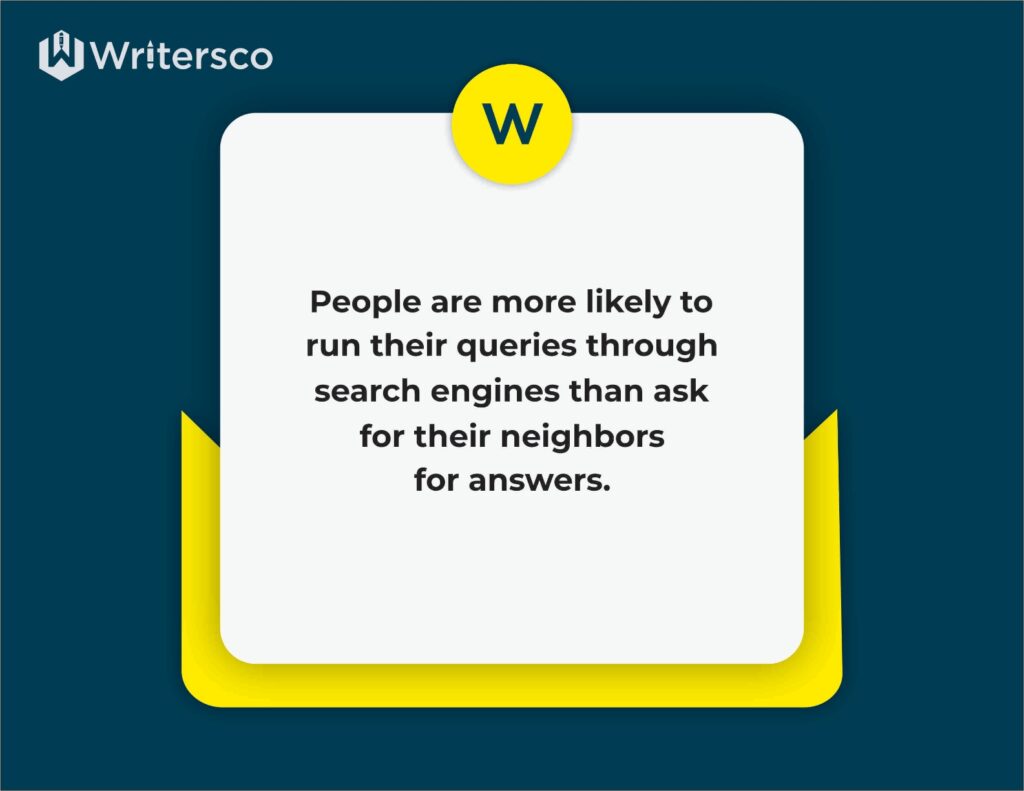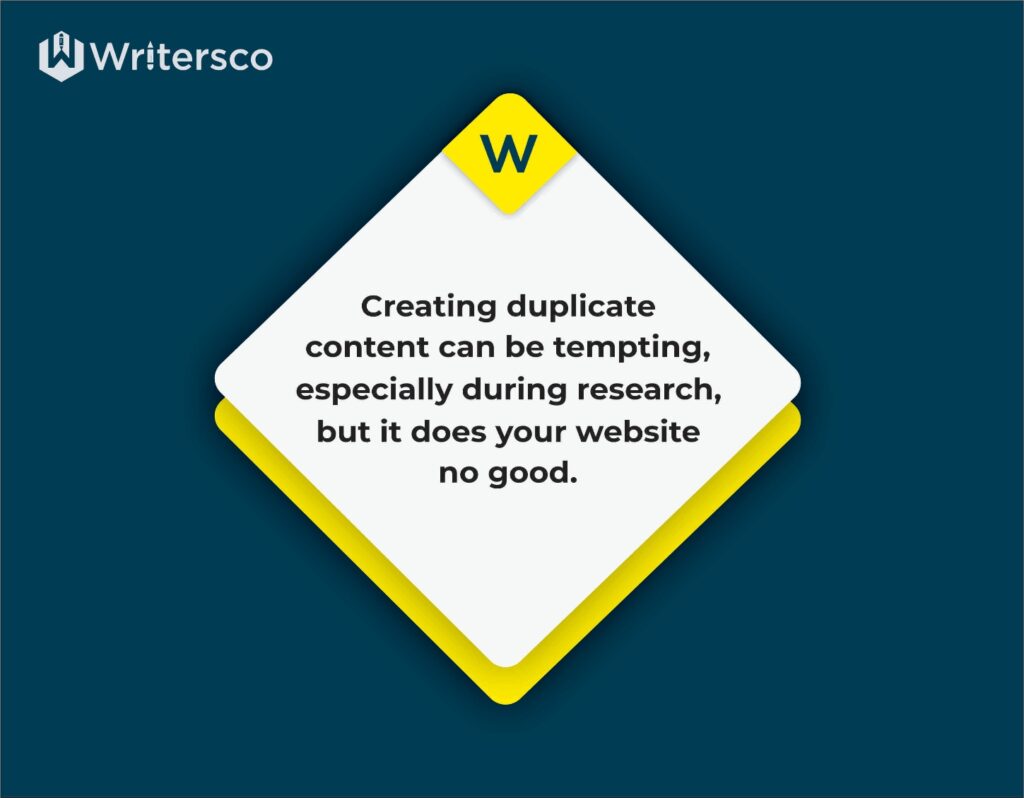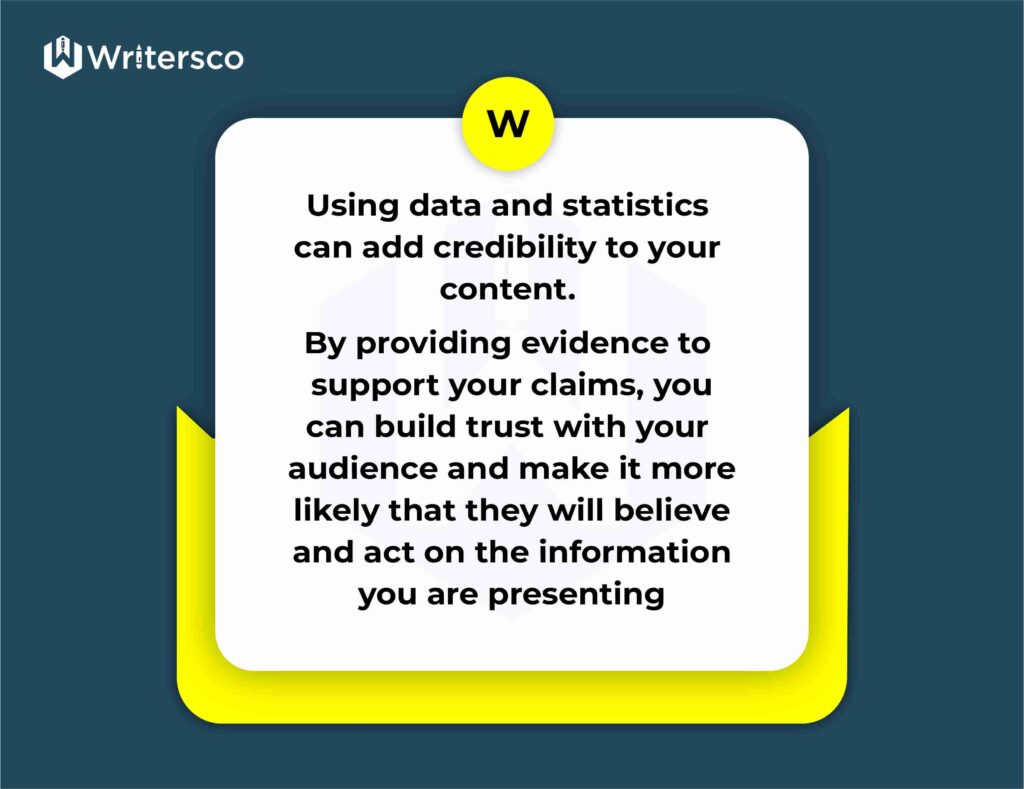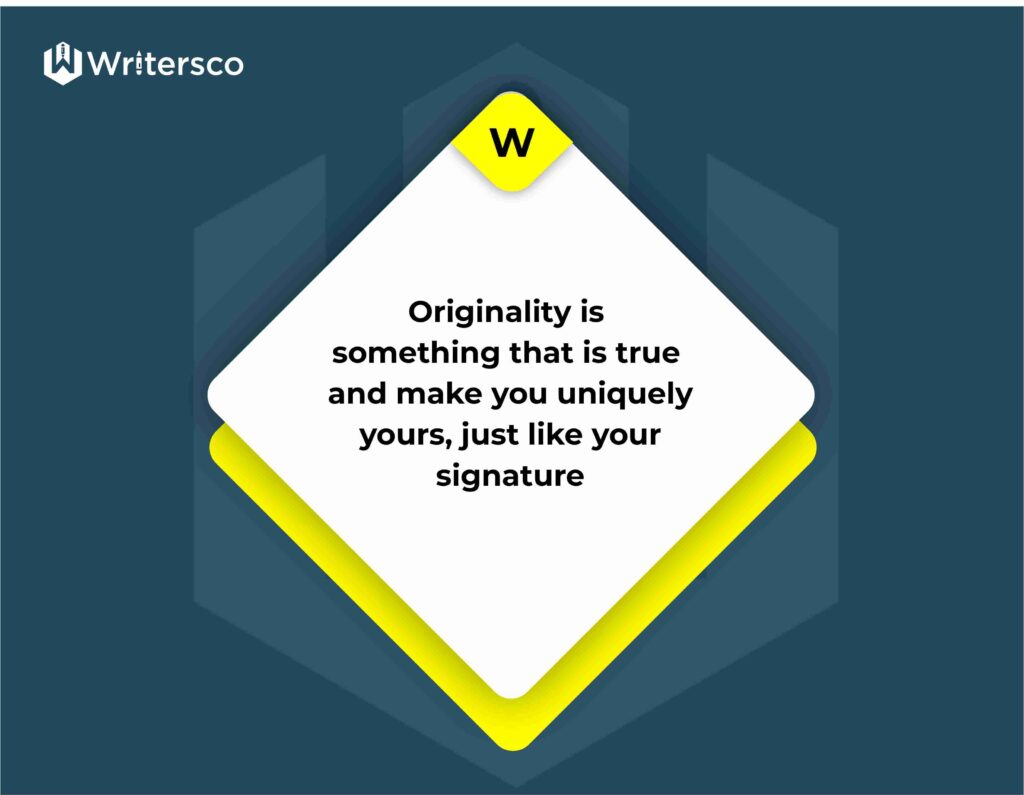
20 Helpful Tips for Creating Unique Content for Your Website

The internet has undergone various significant changes from what it used to be. Back then, people who mainly used the internet were considered young and experienced. Now, almost everyone uses the internet to answer most of their questions. People are more likely to run their queries through search engines than ask their neighbours for answers. This change is, indeed, a remarkable evolution for the world. However, it also puts plenty of pressure on content creators because this evolution has expanded the market they need to reach. As a website owner, you creating unique content for your website is very import if you must carve a rich audience for yourself.
Statistics show that search engines like Google encounter an average of 3.5 billion searches per day. Google has to give fresh answers to about 3.5 million questions to provide the best user experience possible. That’s why Google has an algorithm to distinguish between original content and duplicated ones. Experts estimate that Google updates its algorithm about 500 to 600 times each year. This shows that providing unique content and answers is one of its top priorities.

How Can You Create Unique Content for Your Website?
Of course, content creators are not left out of the mix. Since people now carry out most of their operations online, there has been an increasing need for proof of credibility in business. That is why we now have over 1.17 billion websites in the world. Out of this number, over 200 million of them are active. Therefore, each content creator must compete with 200 million other content and ensure that theirs stands out. Content creators now have the responsibility to provide content to help their websites stay relevant on various search engines.
But how can they do that? How does one provide unique content that beats a million others? It sounds like a grand affair that seems almost impossible to achieve. But we’re here to tell you that it’s possible. This article will outline different ways to identify and create unique content that could help your website reach new heights. So, if you’ve been struggling with creating unique content for a while, this article is for you.

How to Know If Your Content Is Unique
It is no news that unique content is the key to getting your website to the first page on relevant Google searches. However, creating duplicate content can be tempting, especially when doing research. In most of these cases, many people don’t even realise that it’s what they’re doing. This little mistake eventually hurts their site rankings and reputation. Therefore, you need to be able to identify unique content to know if yours fits that description.
The first thing you need to do is to understand what duplicated content means. When content is duplicated, it appears on more than one website. Google defines it as a sentence or group of identical or vastly similar sentences across various contexts. So, how do you know if your content is unique? The most common method people use is to copy about ten words from their sentences and paste them into google. You’ll need to add quotation marks at the beginning and end of your sentence to get more authentic results. If your content is duplicated, Google will show you various other pages where people can find that content.
Another way to identify if your website is unique is by using free and premium tools to check for duplicated content. These tools include Copyscape, Grammarly, Duplichecker, Plagium, etc. As a rule, I ensure that not more than 3-4% of my website content exists anywhere else. If these tools show that it has gone beyond that, I rewrite the entire content. Besides these tools, there are many proven tips and tricks to ensure that your website content stays as unique as a fingerprint.

20 Helpful Tips for Creating Unique Content for Your Website
When people talk about providing unique content, they immediately think of Copyspace and the likes. However, these apps can’t do all the work for you and in fact, the bulk of the work still rests on you. Those apps should only serve as support. Here are some helpful tips for achieve unique content:
#1. Identify your values
When starting a business or launching your brand, you set different standards that your business must maintain. This action helps ensure that your business stands out from other businesses providing similar services. These standards you set for yourself can be considered values. And each brand sets different values to ensure that customers pick them over the others.

To get unique content, you need to focus on unique things. With your values in place, you don’t have to look for that unique thing you need to focus on. Once you focus on them instead of other people, you’re sure to provide content as valuable as gold.
#2. Identify your target audience and tailor your content around them:
Every brand has a target audience and market they want to reach. Your audience should always be your guiding force whenever you create content because it defines uniqueness. How? Every audience you’re trying to reach has certain unique cases among them. So, if you tailor your content around three to four of these unique cases, you can never go wrong.
#3. Use a conversational tone:
people often believe that how you speak should be different from how you write, but that’s not true. Both of them should be alike because it helps engage your audience better. Imagine reading a website content that makes you feel like you’re in a business meeting. You’d be too bored even to read further to know what that website is about.
#4. Use strong headlines:
Do you remember what I said about dealing with 200 million more content on the internet? Imagine how your audience views this if this already sounds like a lot to you as a content creator. These are the people that barely have time to check the details of all their searches. The primary thing helping them is headlines. A compelling headline can help reel your audience in or cause them to sieve you out of their million options.
#5. Create evergreen content
You want your content to stay relevant and “indiminishable” over time; create evergreen content. Evergreen content is a type of content that remains relevant and useful for a long time and does not become outdated quickly. This type of content is often focused on timeless topics that will always interest your audience. Examples of evergreen topics include how-to guides, tutorials, and best practices.
Creating evergreen content can generate traffic and engagement over a longer period and help establish your brand as a reliable source of information. To create evergreen content, focus on relevant topics to your audience that will remain relevant for a long time.
This can be achieved by identifying your target audience’s core problems and needs and creating content that addresses them. You can also do this by focusing on topics that are not likely to change or become irrelevant in the near future, such as basic concepts and principles in your industry. It is also important to ensure your content is well-researched, accurate, and up-to-date.
#6. Update Your Website Regularly
As the world evolves, many other things develop with it. It is therefore possible that what was unique and relevant two years ago is now stale bread. You should keep track of recent trends and find ways to add your special spark to them.
#7. Create a content calendar
Updating your website regularly means creating a content calendar. We can all easily get lost in our agendas; that’s why a content calendar is one useful way to organize and schedule your content in advance. By planning and scheduling your content in advance, you can ensure that you are consistently publishing new content regularly. This consistency is important for building and maintaining a strong online presence, as it helps to keep your audience engaged and interested in your content.
There are several different tools and resources available for creating a content calendar. Some popular options include Google Calendar, Trello, Asana, and Hootsuite. These tools allow you to easily plan and schedule your content and often include collaboration tools, analytics, and social media integration features.

#8. Use a variety of content formats

Everyone prefers spontaneity over the same boring formats. Using a variety of content formats is an effective way to appeal to different audiences and improve engagement. Different types of content, such as blog posts, videos, infographics, and social media posts appeal to different audiences and engage them differently. It is therefore important to learn how to engage your diverse audience by presenting them with a variety of content.
Blog posts are a great way to provide detailed information and in-depth analysis of a topic. Videos are more engaging and can showcase product demos or behind-the-scenes footage. Infographics present complex information in an easy-to-understand format, and social media posts can be used to share quick updates and interact with your audience. Using a combination of different content formats can also help to create unique content that stands out from the competition.
#9. Use storytelling to keep your website content unique
Nothing captivates the ears and mind like stories. Storytelling is a powerful tool that can be used to make your content more engaging and memorable. By weaving a narrative into your content, you can create an emotional connection with your audience and help them better understand and relate to the information you are presenting.
One way to use storytelling in your content is to use real-life examples and anecdotes to illustrate your points. This can make your content more relatable and interesting to your audience. Another way to use storytelling is to create a fictional story that teaches a lesson or conveys a message related to your topic. This can be a creative way to grab your audience’s attention and make your content more engaging.
#10. Use data and statistics to back up your points
As much as people love stories, they also need real data and statistics they can work with. Using data and statistics can add credibility to your content. By providing evidence to support your claims, you can build trust with your audience and make it more likely that they will believe and act on the information you are presenting. Data and statistics also make your content more objective and less subjective and can help establish your authority on the subject matter.
When using data and statistics in your content, ensure that the data is relevant and reliable. This means using data from reputable sources and ensuring that it is current and accurate. It’s also important to present the data in a clear and easy-to-understand format, such as graphs or charts, so your audience can easily understand and interpret the information.

#11. Create a unique voice and tone
Originality is something that is true and makes you uniquely yours, just like your signature. Your brand should have a unique voice and tone, which is important in building a strong and recognizable online presence. A unique voice and tone can help to differentiate your brand and make it more memorable for your audience. To develop a voice and tone for your brand, consider your audience and the message you want to convey. They should be consistent with your brand’s identity and values and align with your overall marketing strategy.
Once you have established your voice and tone, you can use it to create unique content that stands out from the competition. You can use a playful and informal tone to create engaging social media content or a more formal and professional tone to create white papers and case studies.

#12. Use visuals and multimedia
They say what you see and hear lingers more than what you read. Visuals and multimedia effectively enhance your content and makes it more engaging and memorable for your audience. Images, videos, infographics, and other multimedia elements can break up text and add visual interest to your content. They also help make your content more shareable and increase its chances of going viral. To use visuals and multimedia effectively, choose relevant elements for your content that will add value to your audience.
Visuals and multimedia can also create unique content that stands out from the competition. You can use animation to create an engaging explainer video or infographics to present complex information in an easy-to-understand format. Interactive quizzes, polls, and surveys can also create unique and engaging content.
#13. Use humor to keep your website content unique
Who says good content has to exclude humor to gain credibility? Using humor in your content is actually an effective way to make it more engaging and fun for your audience. Humor can help to break up long blocks of text and add a lighthearted tone to your content. It can also create a more relaxed and approachable atmosphere, making it more relatable to your audience.
To use humor effectively, understand your audience and the kind of humour that would resonate with them. It’s also important to ensure that your humor is appropriate for your brand and the message you’re trying to convey. And make sure not to cross any line that might offend your audience. When using humor in your content, you can take different approaches, such as puns, wordplay, satire, irony, and sarcasm.

#14. Use customer testimonials and case studies
People, by default, do not trust easily. That’s why you should always present them with proof of the benefits of what you are selling. Customer testimonials and case studies are an excellent way to do that by showcasing the success of your products or services. Testimonials provide social proof that your products or services are valuable and can help to build trust with your audience. On the other hand, case studies provide detailed information about how your products or services have helped a specific customer and can provide valuable insights for potential customers.

#15. Use long-tail keywords
Aside from using strong headlines, use long-tail keywords. Long-tail keywords are longer, more specific phrases that people may use to search for a specific product or service. These keywords are typically more specific and less competitive than shorter, more general keywords, making them an effective way to improve your SEO. Using long-tail keywords can help you rank for less competitive, specific phrases that are more likely to convert into sales or leads.
When using long-tail keywords to create unique content, focus on the intent behind the search. By understanding the intent behind a search, you can create content that addresses your audience’s specific needs or questions. You can include long-tail keywords naturally in the title, headlines, and body of your content. Additionally, you can use long-tail keywords to create content around specific topics or themes. This can help establish your brand as an authority in a specific area and create more targeted content to attract the right audience to your website.
#16. Use metadata and tags effectively
Behind every successful and ranking article are metadata and tags. They are elements of your website and content that help provide additional information to search engines about your pages. These elements include the title tag, meta description, and header tags (H1, H2, H3, etc.). Including relevant metadata and tags can help search engines understand your pages’ content and rank them accordingly.
To use metadata and tags effectively, include relevant keywords in the title tag and meta description. Search engines often use these as the title and description in the search results. Also, use header tags to structure your content and make it easier for search engines to understand your content’s main topics and subtopics.
#17. Use social media to promote your content
Everyone spends more time on social media than on generic websites. Social media is a powerful tool to promote your content and reach a wider audience. By sharing your content on social media platforms, you can increase visibility and drive traffic to your website. Additionally, you can increase brand awareness and loyalty by engaging with your followers and building a community around your brand.
Share links to your content on your social media profiles, join relevant groups and communities and participate in conversations related to your niche. Additionally, you can use it for advertising to target specific audiences and increase the reach of your content.
#18. Use audience-specific language
I remember how enthralled and amazed I was when I read my first book, partly written in pidgin; the level of relatability was unmatched. Using audience-specific language is important for creating effective and relatable content for your target audience. Writing in the language and terminology used by your target audience allows you to communicate with them in a way that they understand and relate to. It also helps to establish a bond with your audience, making them more likely to engage with your content.
So, do not only use a conversational tone; use audience-specific language to create unique content. One that includes using industry-specific jargon or terminology in your blog post, writing in a style that appeals to your target audience (e.g., casual, formal), and tailoring your tone and language to match the demographics of your audience.

#19. Use internal and external linking
Your content may be impressive, but it will never gain traction on its own. Internal and external linking is vital in linking to other pages within your website (internal links) and to other websites (external links) within your content. This can be beneficial for SEO by improving the user experience and helping search engines better understand the structure and relevance of your website.
You can link to other related pages to help users navigate your site and discover more content. This can help search engines understand the relationship between different pages on your site, making it easier for them to crawl and index your content.
It’s important to note that when linking externally, it’s best to link to reputable sources that are authoritative and relevant to your content. This will help to improve the credibility of your content and also help to establish your brand as a credible authority in your niche.
#20. Optimize your content and Do Adequate SEO Research to Generate Unique Website Content
The last and most important tip in creating unique content is using SEO techniques to optimize your content. At the end of the day, a poorly-performing content is useless for you and your readers. Optimizing your content can help your website rank higher in search engine results pages, making it more visible to potential readers and customers. This can increase website traffic, improve your website’s visibility, and help you reach a larger audience.
It can also help you target specific keywords and phrases your audience is searching for, making your content more relevant and useful to them. Optimizing your content for SEO can improve the overall user experience on your website by making it easier for people to find and read the content they are looking for.
#21. Do Not Repeat Keywords and Thought Patterns
SEO can help you identify what questions your audience are asking the most. However, this does not mean you should stuff your blog with different content on the same keyword, even if it is a high-ranking one. While this is not a proper SEO habit, it can also bore your readers out. Instead of presenting them with the same content on how to wash their hair on year round with different synonym phrases as the article titles, while not focus on other helpful relevant topics like the kind of shampoos to use for different hair types or what to look out for when buying a shampoo? The truth remains that, on the matter of washing hair, you can generate tens of unique content from it, you only need to carefully think about these topics and what approach to take. When you look at the same topic from different perspectives and consider them using real-life situations, you will be able to deduce unique content for your website from there.
Why Do You Need Unique Content for Your Website?
As you already know, people encounter various websites every day. Even more, businesses are now creating websites to reach their audience better. But why do you have to go the extra mile in creating website content? The first reason is that it shows your brand’s authenticity level. People always want to ensure that they’re dealing with a legit business and that you’ll genuinely provide unique services to them. By giving them unique content, you build and establish trust among your clients. This is one of the crucial things you need to keep your customers loyal to you. It’s the factor that makes them pick you despite what others offer them.
Another reason you need unique website content is that it portrays the image of your business. If your website is organized and sparkles with creativity, it shows that your brand reflects the same. This helps your audience decide whether they want to associate with you or not. Finally, unique website content is sure to keep the customers flowing. You’re meeting their needs and doing it uniquely. There’s no reason for them not to keep flowing.

Conclusion
The evolution the world experiences these days beautifully defines the saying, “There is nothing new under the sun.” Almost everyone is providing similar services and content. To top it off, more people are now establishing websites. But to make yours stand out, you need to go for uniqueness with a sprinkle of simplicity. It seems like a distant dynamic to reach, but it’s closer than you think. It’s in your values, business operations, and target audience.
Creating content for your website becomes easier when you start seeing things from that perspective. This gives you the massive customer flow you need to keep your business on top.




